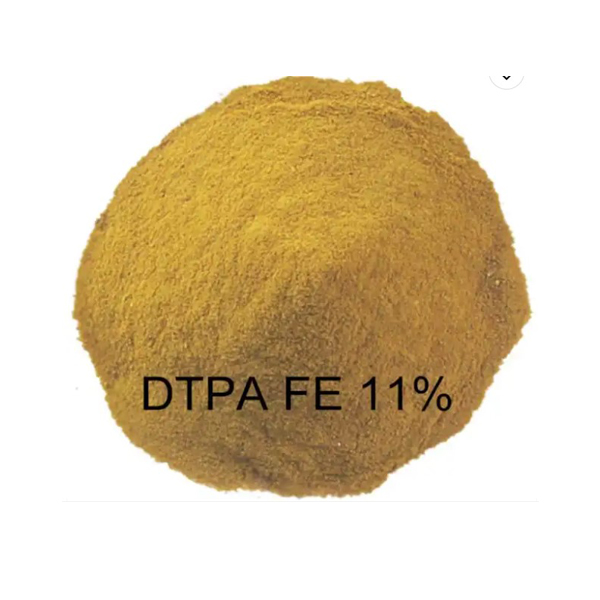
News
Dec . 07, 2024 08:16 Back to list
humic acid structure
Understanding the Structure of Humic Acid A Key Element in Soil Health
Humic acid is a complex organic substance found primarily in soil, peat, and coal. It plays a crucial role in soil chemistry, fertility, and ecology. Its intricate structure is responsible for many of its beneficial properties, influencing nutrient availability, soil structure, and microbiological activity. In this article, we will explore the structure of humic acid, its functional groups, and its impact on agricultural and environmental systems.
Understanding the Structure of Humic Acid A Key Element in Soil Health
The structural complexity of humic acid can be attributed to its functional groups—chemical groups that determine its reactivity and interactions. The presence of carboxyl (-COOH) and phenolic (-OH) groups contributes to its acidic nature, allowing humic acid to act as a weak acid in soil. These functional groups can form hydrogen bonds, engage in cation exchange, and interact with soil nutrients, thereby improving their accessibility to plants. The ability of humic acid to bind with metal ions enhances soil fertility by acting as a chelating agent, thereby preventing nutrient leaching and promoting nutrient retention in the root zone.
humic acid structure

Furthermore, the aromaticity of humic acid adds another layer of complexity to its structure. Aromatic compounds possess stable and robust structures due to the resonance of electrons within their ring systems. This stability contributes to the long-lasting nature of humic acid in soil, facilitating its role in carbon sequestration. The decomposition of organic matter into humic acid helps in the formation of stable soil aggregates, improving soil texture and aeration, which are vital for healthy root development.
The impact of humic acid on crop yield and soil health has been substantiated by numerous studies. It enhances the soil’s physical properties by improving its structure, water retention capabilities, and aeration. These factors are crucial for the growth of plants, especially in arid and semi-arid regions where water scarcity is a concern. Additionally, humic acid stimulates microbial activity in the soil, promoting a healthy soil ecosystem that is essential for nutrient cycling and organic matter decomposition.
In agricultural practices, humic acid is increasingly being used as a soil amendment. Farmers have recognized its potential to improve soil fertility, enhance plant growth, and increase crop yields. The application of humic acid can lead to better nutrient uptake, resulting in healthier plants and more abundant harvests. Moreover, its role in promoting sustainable agriculture cannot be overlooked, as it helps in reducing the need for chemical fertilizers, thus minimizing environmental pollution.
In conclusion, the structure of humic acid is complex, comprised of various functional groups that are critical for its role in soil health and fertility. Its ability to enhance nutrient availability, soil structure, and microbial activity makes it an invaluable component of a sustainable agricultural system. As research continues to uncover the benefits of humic acid, its application will likely expand, contributing to improved crop productivity and healthier ecosystems. Understanding its structure and functions is essential for harnessing its potential in promoting agricultural sustainability and environmental conservation.
-
Polyaspartic Acid Salts in Agricultural Fertilizers: A Sustainable Solution
NewsJul.21,2025
-
OEM Chelating Agent Preservative Supplier & Manufacturer High-Quality Customized Solutions
NewsJul.08,2025
-
OEM Potassium Chelating Agent Manufacturer - Custom Potassium Oxalate & Citrate Solutions
NewsJul.08,2025
-
OEM Pentasodium DTPA Chelating Agent Supplier & Manufacturer High Purity & Cost-Effective Solutions
NewsJul.08,2025
-
High-Efficiency Chelated Trace Elements Fertilizer Bulk Supplier & Manufacturer Quotes
NewsJul.07,2025
-
High Quality K Formation for a Chelating Agent – Reliable Manufacturer & Supplier
NewsJul.07,2025
